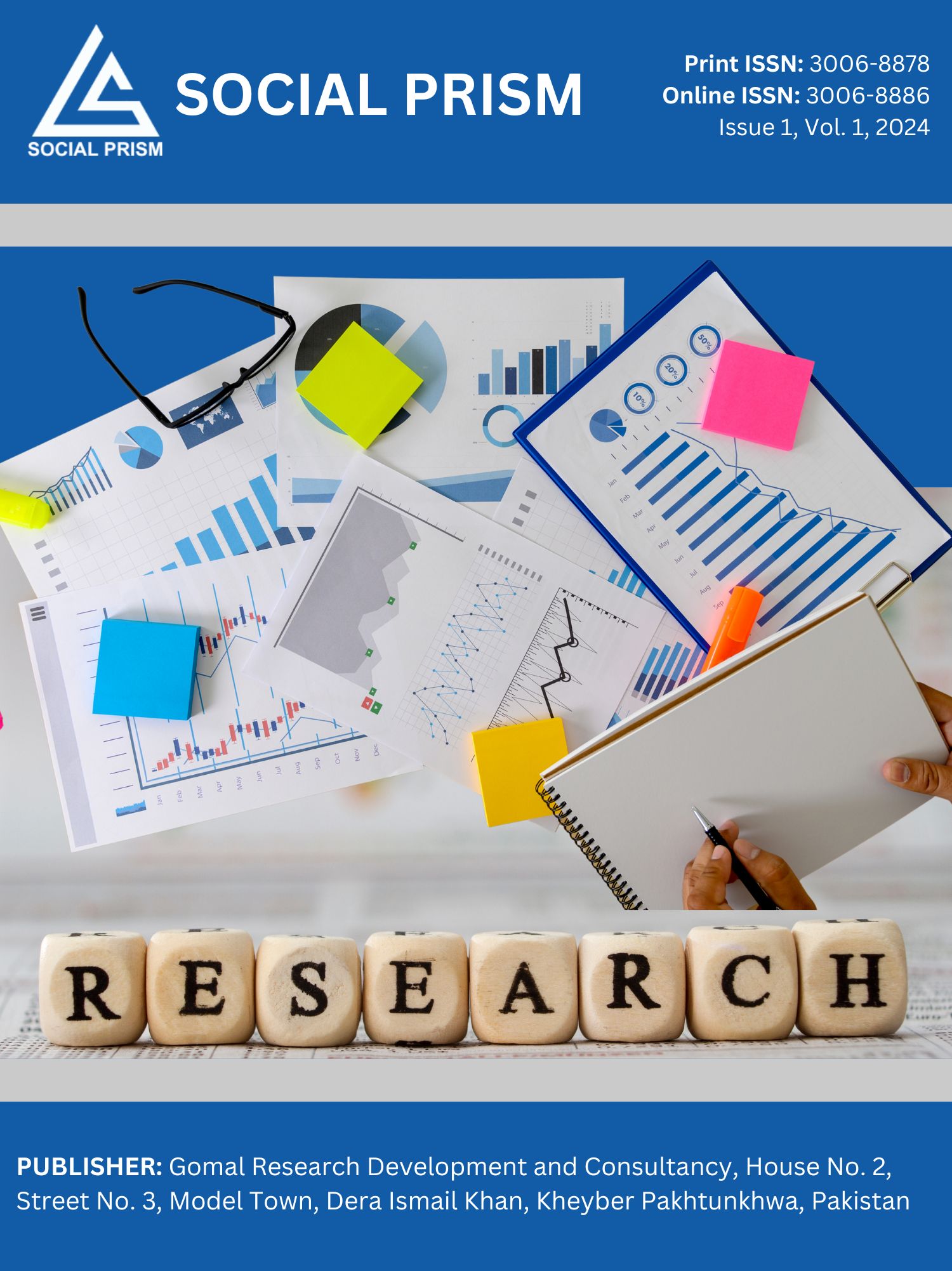Political and Economic Conflict between Iran and Saudi Arabia and its Impacton South Asia
DOI:
https://doi.org/10.69671/f12y8g34Keywords:
Political, Economic, Conflict, Saudi Arabia, Iran, Pakistan, Afghanistan, Middle East, Religion, Bangladesh, Rivalry, SATPAbstract
The ongoing Saudi-Iranian indirect confrontation triggers a widespread concern in the international media. This thesis seeks to demystify the fallacious impression that religious and cultural differences have made their enmity inevitable. Through a comprehensive approach, this paper aims at demonstrating that their relation has mostly been shaped by pragmatism rather than by irrational hostility. Moreover, the ongoing tensions between Riyadh and Tehran do not appear to be fuelled by the so-called religious or sectarian sticking points, but more by both regimes’ unwillingness to address their domestic challenges. Thus, this thesis seeks to provide an alternative to analyses solely perceiving their ongoing rivalry through either the prism of their so-called structural incompatibility or of a realist struggle for regional dominance, in arguing that their confrontation can compellingly be understood as the result of both regimes’ cynical subterfuge to conceal their domestic deficiencies through an offensive external posturing
This qualitative research explored the impact of Saudi-Iran conflict on south Asian countries specially the Muslim countries. Saudi Arabia has its economic influence, whereas, Iran is influential owing to its military capacity. The aim of becoming hegemonic power, led them to the conflicts and rivalry. The revolution of 1979 of Iran was great threat to the Saudi Arabia as well as its allies. This threat initiated proxy wars beyond the Middle Eastern region. Subsequently, Saudi Arabia and Iran adopted unfriendly approaches against each other, as both the rivals are stuck in a security dilemma and zero sum game, where victory or benefit of one is the loss for the other and a friend of one is perceived an enemy by the other. In this case complexities have been created for the countries like Pakistan and Afghanistan for maintaining a neutral position for past few years. The researcher has found that this politico-economical conflict affected the countries of weak economy and poor governmental system having dependent foreign policy. This resulted in religious intolerance among masses, sectarian based killings and other such sort of violence like bombings, suicide attacks, kidnappings and verbal abuses. Religion is used as device for creating their proxies in south Asian Muslim countries and money is also used to spread their own Islamist ideologies Shiism and Wahhabism/Suunism in some specific madrassahs (religious institutions).








